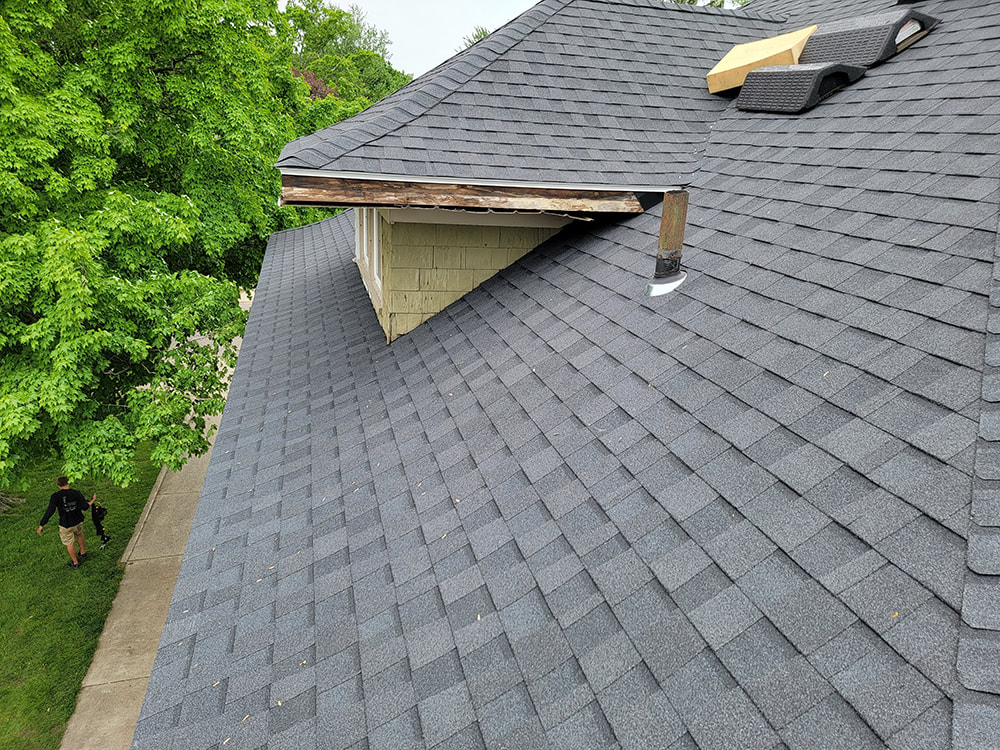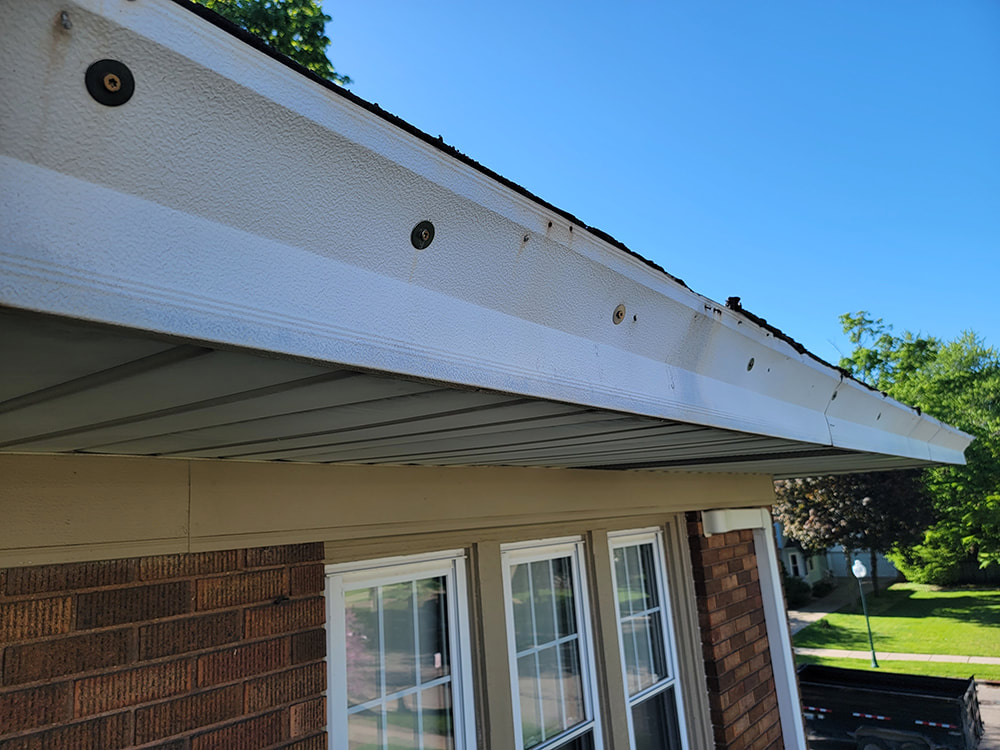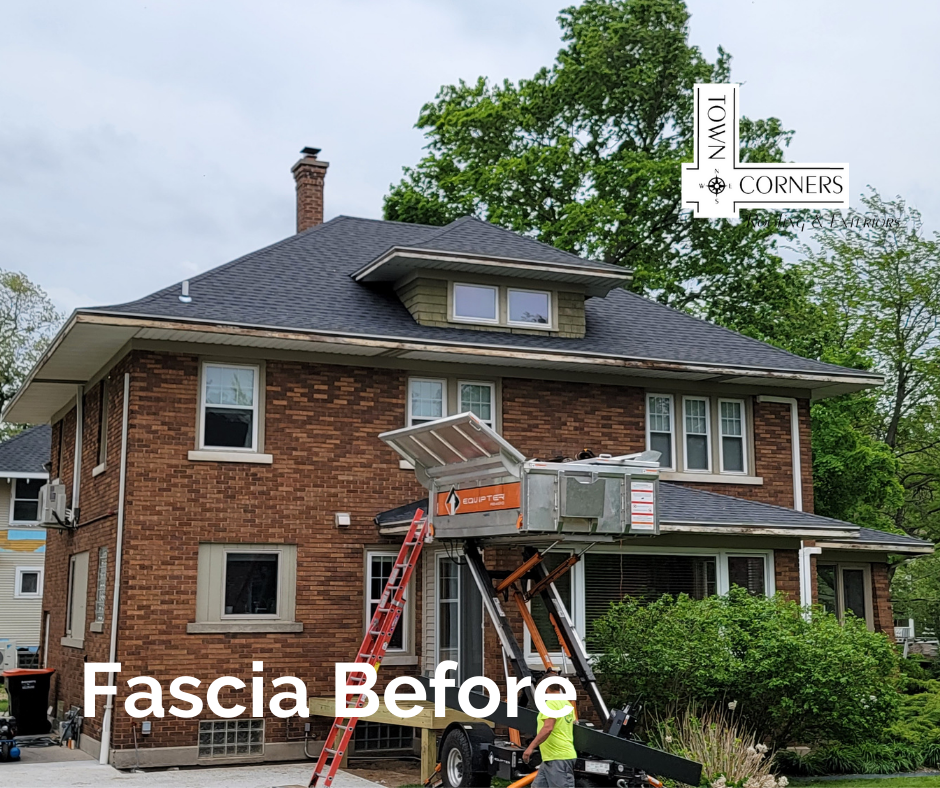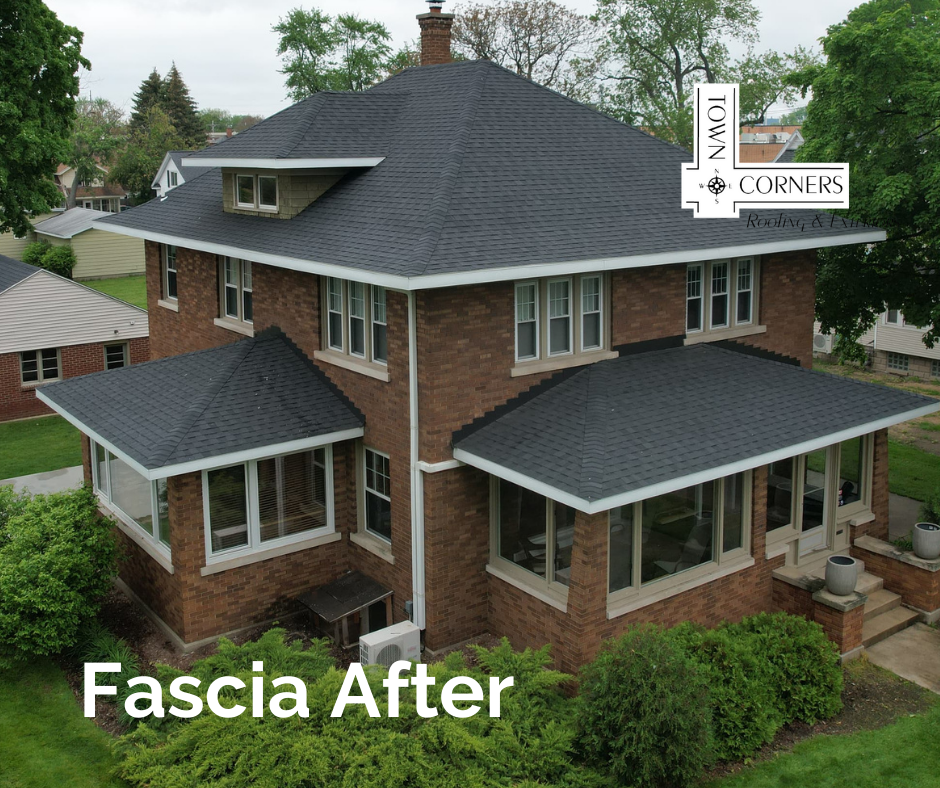|
You first notice discoloration on the ceiling in your kitchen. Maybe it’s just grease or condensation. You try to clean it off and notice it feels wet to the touch. Oh no! Your roof is leaking! Or maybe not. How is one to know?
For any household leak, keep in mind water flows down from the highest point, so the first step in the investigation is to check the space above the leak. If that’s your attic, inspect it during daylight so if there are any holes or cracks in your roof, you can see sunlight peeking through them. Also, bring a flashlight so you can see well enough to detect moisture above your problem spot, both in the attic ceiling and along the floor. Finally, look for pipes running above or near the leaky area. Inspect them to see if they are wet to the touch or the area around them is wet. Plumbing Leak? It is possible the problem is not your roof; it could be a pipe that has come loose, lost its seal, or is cracked. Pipe leaks don’t happen just in the attic. For example, if there is a bathroom above the leak stain, your toilet could be leaking, or the drain in the bathtub may not be sealed tight. Gutter Overflow? If you don’t find any obvious signs in the attic, observe whether the discolored area on your ceiling dries. Then, when it rains, check to see if it is wet to the touch again. This could indicate your gutters are clogged or leaking, which can spill over water into your walls and ceiling. Standing and overflowing water rots the wooden fascia the gutters are installed on, which creates leaks and even mold in your home. To check for cracks in your gutters, besides the visually obvious, look for streaks or stains on your siding behind and under the gutters, or if your house is painted, look for peeling paint in the same area. Roof Top? If you still need clarification on your persistent leaky spot, the top of your roof needs to be inspected for missing or loose shingles, air vents that have come loose, or improperly sealed flashing around the chimney or ventilation pipes. If you have ruled out a plumbing issue, have found your gutters have created roof rot, or would like a professional roof inspection, contact Town Corners Roofing and Exteriors to solve the leaky spot mystery and stop it! Have you ever wondered if fascia even serves a function for your roof? Does it need to be maintained? What does it mean when you see those new gaps in it? Yes, fascia is essential. It protects your roof AND home! Keep reading to learn its benefits, how to recognize signs of wear, and when to replace it. The Importance of Fascia Fascia is the horizontal board that runs under the roof edge. It’s primarily for the cosmetic appeal of your house, but it also aids in supporting your roof. So, when fascia stays unmanaged, it may seem like a minor problem, but it can lead to serious structural issues. Fascia in need of repair. Roof Protection Fascia protects your house and roof in the following ways:
The Aesthetic Qualities Fascia makes for a roof that looks finished. After all, it is the most visible part of the roof. In addition, having good fascia raises the value of your home because it increases curb appeal and prevents water infiltration. Is It Time To Replace My Fascia?
Fascia doesn’t stand firm forever. Refer to this checklist of warning signs when inspecting your roof and house for signs of replacement or repair:
Enhance your home with intact fascia, and if you recognize any of these signs of damage, don’t wait! Treat your home with protection by having it replaced. Chances are if you are seeing damage to your fascia, there is damage elsewhere in the roofing system. Contact Town Corners Roofing and Exteriors for a roof inspection and discuss what type of fascia is right for your home. |
<--- BACK TO HOMEMORE ROOFING NEWSArchives
June 2024
|






 RSS Feed
RSS Feed
